Open Chest Maze Procedure
Medically reviewed by Drugs.com. Last updated on Apr 6, 2025.
An open chest maze procedure is heart surgery done to treat atrial fibrillation.
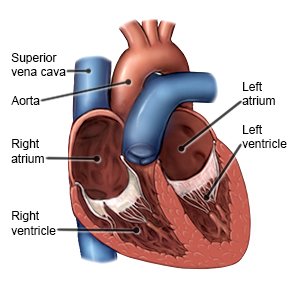 |
DISCHARGE INSTRUCTIONS:
Call your local emergency number (911 in the US) if:
- You have any of the following signs of a heart attack:
- Squeezing, pressure, or pain in your chest
- You may also have any of the following:
- Discomfort or pain in your back, neck, jaw, stomach, or arm
- Shortness of breath
- Nausea or vomiting
- Lightheadedness or a sudden cold sweat
- You have any of the following signs of a stroke:
- Numbness or drooping on one side of your face
- Weakness in an arm or leg
- Confusion or difficulty speaking
- Dizziness, a severe headache, or vision loss
- You feel lightheaded, short of breath, and have chest pain.
- You cough up blood.
Seek care immediately if:
- Your arm or leg feels warm, tender, and painful. It may look swollen and red.
- You have bleeding, increased bruising, or swelling in the incision area.
Call your cardiologist or surgeon if:
- Your pulse does not feel regular when you check it.
- You are urinating less or less often than usual.
- You have questions or concerns about your condition or care.
Medicines:
You may need any of the following:
- Blood thinners help prevent blood clots. Clots can cause strokes, heart attacks, and death. Many types of blood thinners are available. Your healthcare provider will give you specific instructions for the type you are given. The following are general safety guidelines to follow while you are taking a blood thinner:
- Watch for bleeding and bruising. Watch for bleeding from your gums or nose. Watch for blood in your urine and bowel movements. Use a soft washcloth on your skin, and a soft toothbrush to brush your teeth. This can keep your skin and gums from bleeding. If you shave, use an electric shaver. Do not play contact sports.
- Tell your dentist and other healthcare providers that you take a blood thinner. Wear a bracelet or necklace that says you take this medicine.
- Do not start or stop any other medicines or supplements unless your healthcare provider tells you to. Many medicines and supplements cannot be used with blood thinners.
- Take your blood thinner exactly as prescribed by your healthcare provider. Do not skip a dose or take less than prescribed. Tell your provider right away if you forget to take your blood thinner, or if you take too much.
- Heart medicine is given to strengthen or regulate your heartbeat.
- Diuretics decrease edema (excess fluid) that collects in a part of your body, such as your legs. Diuretics can also remove excess fluid from around your heart or lungs and decrease your blood pressure. You may urinate more often when you take this medicine.
- Blood pressure medicine is given to lower your blood pressure. Take your blood pressure medicine exactly as directed.
- Prescription pain medicine may be given. Ask your healthcare provider how to take this medicine safely. Some prescription pain medicines contain acetaminophen. Do not take other medicines that contain acetaminophen without talking to your healthcare provider. Too much acetaminophen may cause liver damage. Prescription pain medicine may cause constipation. Ask your healthcare provider how to prevent or treat constipation.
- Take your medicine as directed. Contact your healthcare provider if you think your medicine is not helping or if you have side effects. Tell your provider if you are allergic to any medicine. Keep a list of the medicines, vitamins, and herbs you take. Include the amounts, and when and why you take them. Bring the list or the pill bottles to follow-up visits. Carry your medicine list with you in case of an emergency.
Heart rhythm checks:
You may need to be monitored for arrhythmias. This will let your cardiologist or healthcare provider know about problems with the rate or rhythm of your heartbeat. Ask for more information about the following:
- You may need to use a heart monitor at home after your surgery. The monitoring may be done for a period of time such as a week or at regular times such as every month until your heart rhythm is regular. The device used to monitor your heart may be called an event monitor, Holter monitor, or mobile telemetry.
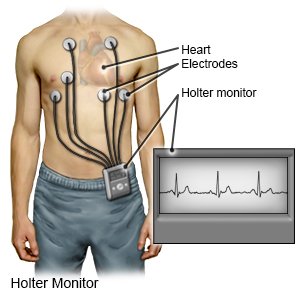
- You may be taught how to check your pulse (heartbeat).
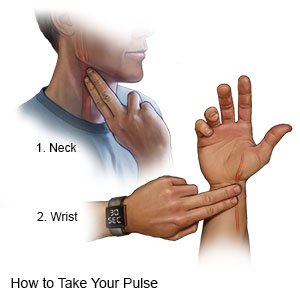
Drugs used to treat this and similar conditions
Xarelto
Xarelto (rivaroxaban) is a factor Xa inhibitor used to reduce the risk of blood clots and stroke in ...
Multaq
Multaq (dronedarone) is an antiarrhythmic medication used to treat atrial fibrillation and atrial ...
Omvoh
Omvoh is used to treat moderate to severe ulcerative colitis or Crohn's disease in adults. This ...
Coreg
Coreg (carvedilol) is used to treat heart failure and hypertension (high blood pressure). Includes ...
Rivaroxaban
Rivaroxaban systemic is used for atrial fibrillation, cardiovascular risk reduction, congenital ...
Propafenone
Propafenone systemic is used for atrial fibrillation, atrial flutter, ventricular tachycardia ...
Sotalol
Sotalol is a beta-blocker with antiarrhythmic properties that affects the heart and circulation ...
Carvedilol
Carvedilol (Coreg) is used to treat heart failure and hypertension (high blood pressure). Includes ...
Flecainide
Flecainide systemic is used for atrial fibrillation, atrial flutter, paroxysmal supraventricular ...
Daily weight:
Too much body fluid causes problems with your heart and lungs. Weight gain can be a sign of extra fluid in your body. Check your weight daily and write the results down. Keep track of how much your weight changes each day.
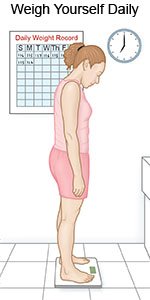 |
Wound care:
Care for your wound as directed. When you are allowed to bathe or shower, you may need to carefully wash the incisions with soap and water. Dry the area and put on new, clean bandages as directed. Change your bandages when they get wet or dirty.
Activity and rest:
- You may feel like resting more after surgery. Slowly start to do more each day. Rest when you feel you need to.
- Ask when you can return to your daily activities. You may need to wait 4 to 6 weeks after the procedure. Your healthcare provider will tell you which activities you should avoid. These may include driving while you are taking pain medicines. You may also be told not to lift objects that are over a certain weight.
- Ask about exercises that are safe for you. Walking is a good way to improve your overall health and help you recover. Walking also helps keep your blood flowing and reduces the risk of blood clots. Other types of exercise can also be an important part of your recovery. Your healthcare provider can tell you the exercises that are right for you.
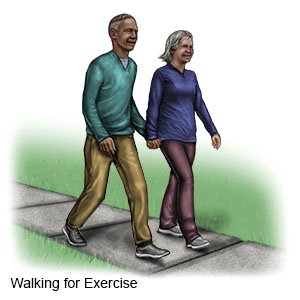
Do not smoke:
Nicotine and other chemicals in cigarettes and cigars can cause heart and lung damage. Ask your healthcare provider for information if you currently smoke and need help to quit. E-cigarettes or smokeless tobacco still contain nicotine. Talk to your healthcare provider before you use these products.
Do not drink alcohol:
Alcohol may worsen your heart condition or interact with your heart medicine. Tell your healthcare provider if you drink alcohol and you need help to stop.
Lower your risk for arrhythmia:
High blood pressure, sleep apnea (pauses in breathing while asleep), and obesity increase your risk of arrhythmia. Talk to your healthcare provider about ways to prevent or manage these risk factors.
Follow up with your cardiologist or surgeon as directed:
Write down your questions so you remember to ask them during your visits.
© Copyright Merative 2025 Information is for End User's use only and may not be sold, redistributed or otherwise used for commercial purposes.
The above information is an educational aid only. It is not intended as medical advice for individual conditions or treatments. Talk to your doctor, nurse or pharmacist before following any medical regimen to see if it is safe and effective for you.
Further information
Always consult your healthcare provider to ensure the information displayed on this page applies to your personal circumstances.
